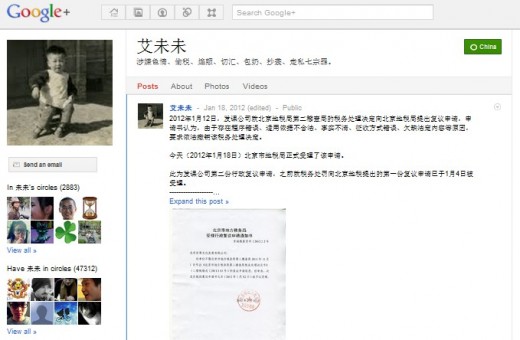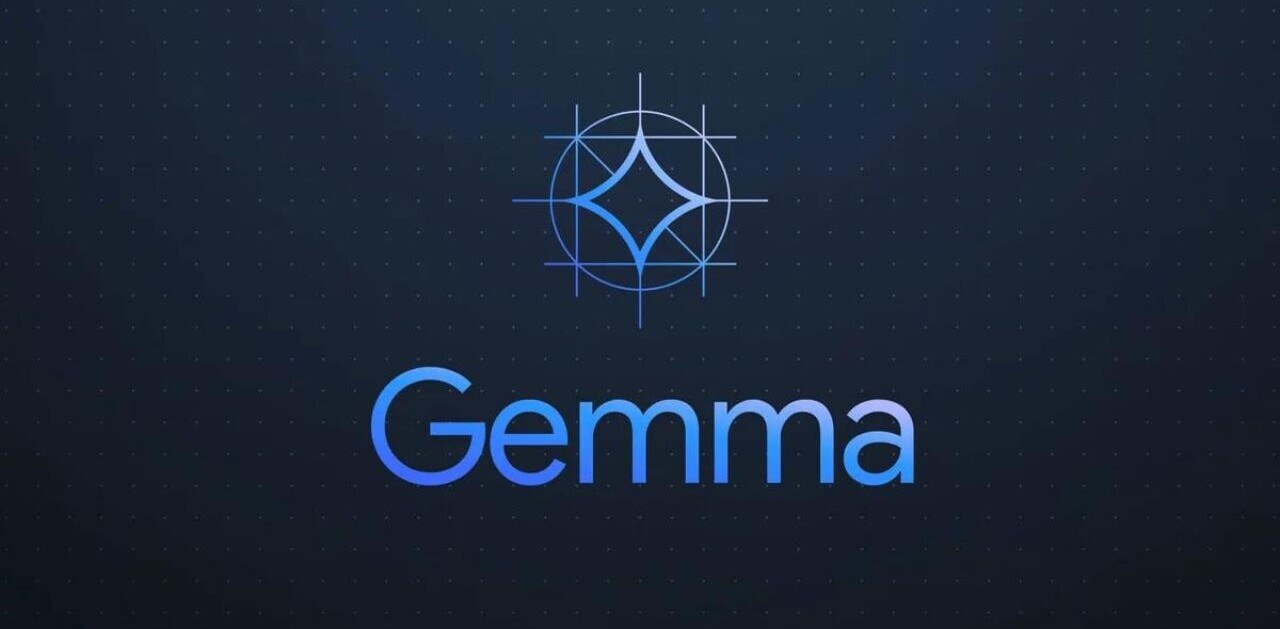
Google+ is now up to 90 million users worldwide and while the spotlight shines on its battle with Facebook and Twitter, and the ongoing enhancements it makes to its platform, Google says that the social network is making strong progress in Asia.
Asia is a regional that is largely dominated by Facebook, which has overtaken a number of rivals that once ruled markets across the continent, including Friendster, Hi5 and Google’s own Orkut. There are notable exceptions however, namely China, Japan and Korea, but in the latter two things are moving Facebook’s way slowly.
While Google carefully guards its user figures and doesn’t break out data based on country or region, Ryan Hayward, who oversees marketing for Google+ across Asia, told The Next Web that the social network is making good progress in the continent.
Hayward points to a number of areas which he says are helping Google+ record significant uptake from users and content creators across Asia.
Celebrities
Google has made a concerted push to gain visibility through the acquisition of high profile users, and that same methodology has been applied to Asia. The most pertinent example was the recent collaboration with Japanese super girl band AKB48 in December.
Hayward reveals that the girls, and there are 48 of them in the group, have accumulated more than 3.5 million followers collectively and “have been quite impactful about getting people to engage with Google+” in Japan, and other parts of Asia where they are popular.
Hayward cites the example of Yuko Oshima, whose 143,645 followers make her the most followed AKB48 member on Google+). Although she has considerably less followers than Britney Spears (1.6 million), Oshima’s fan engagement is considerably greater than the US popstar’s.
As stats from allmyplus show, the average post from Oshima receives more reshares than that of Spears (by 26 to 21), more than four times as many +1s (932 to 226) and more than five times as many comments (475 to 91).
Though Twitter is well established in Japan, which holds Twitter’s record for tweets per second, and Facebook is showing signs of growth there, it took both services some time to gain traction. Hayward says Google+ has made a promising start to life there.
With the AKB franchise set to expand across Asia — there is already a ‘sister’ group in Jakarta, and two others in Japan — Hayward is optimistic that the band will help Google+ bring more users on board along the way.
Politics
Politics has been a big driver of social media adoption in Asia generally, as noted watcher Dr. Michael Netzley observes, and Hayward says that Google is seeing impressive results in the area.
During the recent election in Taiwan, which drew global attention due to its links with China, Google+ usage “exploded” amongst political candidates. Indeed, the uptake was such that Taiwanese President Ma Ying-jeou (77,428 followers) had ten times more followers than Barack Obama, although the US President’s recent usage of the hangout feature has seen his following grow to 380,000.

Defeated political rival and the country’s first ever female Presidential candidate Tsai Ing-wen also built a significant following. Though her account details are set to private, allmyplus reveals her impressive engagement rates.
Hayward says that it isn’t entirely clear how Google+ took off amongst Taiwanese politicians, but the popularity of YouTube as a political communications tool may be key, given the work that Google has done to link its video service with the social network.
While Hayward notes that the recent State of the Union address helped increase Google+ profile amongst politicians in the US and elsewhere, he explains that political use of the site “started in Asia”.
Businesses
Google is particularly proud of the business usages of Google+ in Asia, which have been put to work in a number of ways by NGOs (non-government organisations) in particular.
In Japan, popular musician Ryichi Sakamoto hosted a hangout with fans before going on stage to perform in a charity which raised funds following the country’s tsunami disaster.
Google opened an office in Bangkok last year and it used its presence on the ground to run a Web education session with a number of NGOs and charities that operate in the country. Google showed the basics of Google+ and a number of other techniques to use data from the Internet and communicate via the Web.
As a result of the sessions, Google+ hangouts were used by a number of NGOs to help “puts a face on the tragedy” and attraction donations to help with the fallout from the worst flooding in more than a decade.
Away from non-profits, Google is seeing interest from corporates, two of its biggest examples of which are based in Japan. Toyota and Sony are strong users of Google+ and have both racked up an impressive followers number of 280,000 and 250,000 respectively. Both firms have users from across the world, of which Asia accounts for a significant number.
For Hayward, the attraction of Google+ for brands is the way that it allows them to personalise communication with customers like never before and nowhere else:
It’s the ability to communicate with more than just text, and beyond 140 characters,” he says. “Brands are using video to reach customers too, maybe not everyday, but it is more than just a neat feature to have.”
China
No talk of social media is complete without mention of China. The country recently passed half a billion Internet users and its authorative stance on foreign Webs service — which has seen a number blocked — makes it a hugely challenging market.
While Google has insisted that China is still a key part of its plans for the region, Google+ is blocked in the country, where it is only accessible through a virtual private network (VPN) system which bypasses the Great Firewall Web censors.
However, Google does still count on the support of one of the country’s most visible social media figures, artist and political activist Ai Weiwei, whose has quickly built 47,000 Google+ followers away from his 120,000 Twitter followers.
Weiwei “made a concious choice” to use Google+, Hayward explains. “Even with it being blocked, he opted to use Google+ to help reach out” when rallying to raise funds to pay a tax bill levied upon him by the government last year.
The artist recently threatened to boycott Twitter in the wake of its move to permit censorship, however it is notable that his last update on Google+ is dated 18 January. While he has used it for key communications, his daily communications is dominated by Twitter and Weibo.
Real-name policy drawbacks in Asia
One notable roadblock for Google+ in Asia is the service insistence on real-names for its users. The company has introduced support for aliases but that is dependent on the registration of a full name first.
 Culturally, a great number of Internet users in Asia use an alias online, some for fun reasons and others out of caution. Hayward admits that Google is aware that things are different in Asia, revealing that “there is a lot of debate about the topic at Google, as we try to support as many usage cases as possible.”
Culturally, a great number of Internet users in Asia use an alias online, some for fun reasons and others out of caution. Hayward admits that Google is aware that things are different in Asia, revealing that “there is a lot of debate about the topic at Google, as we try to support as many usage cases as possible.”
“There’s an understanding of a need to support pseudonymous but we are wary of anonymous users,” he continues. “You can see the impact that this has in the West [after the Anonymous group has brought down a number of sites] where a lot of people associate it with toxicity, whereas in Asia it’s a totally conventional thing. It’s a difficult question.”
Encouraging organic growth
Google is focusing on the markets where it is initially seeing growth, including Japan and India, and Hayward admits that it is taking a reactive position on building the social network. Rather than actively driving it, the company is watching to see where activity heats up before acting to develop it.
“When we see organic adoption,” Hayward explains, “We then try to figure out why it happened before we go out to try to make more of it by giving experts and celebs a platform.”
With that approach, Google if focusing on ramping the product up in markets where it is showing promise, such as Japan and India, rather than adopting an all out blanket-approach.
Lack of figures
One key area that Google+ is missing, particularly in comparison to other social networks, is hard figures to back its claims.
While Larry Page recently claimed that Google+ has 90 million users with an apparent daily usage rate of 60 percent, the latter of which raised questions, it does not break out data by country.
 Google points out that a glance at the follower numbers of certain users that are prominent in Asia or Asian markets, for example AKB 48’s combined 3.5 million, is testament to its success in the region. However, it just leaves us a little unsure of exactly how much interest there is compared to Facebook, which puts user numbers on its site and can be seen on Socialbakers among other places, and Twitter, which has had it user numbers approximated by country and by language of late.
Google points out that a glance at the follower numbers of certain users that are prominent in Asia or Asian markets, for example AKB 48’s combined 3.5 million, is testament to its success in the region. However, it just leaves us a little unsure of exactly how much interest there is compared to Facebook, which puts user numbers on its site and can be seen on Socialbakers among other places, and Twitter, which has had it user numbers approximated by country and by language of late.
Google isn’t trying to take over the world, and Hayward points out that “there’s a place for all social networks online, and we’re not looking to change that. People are adding it as a third of fourth pillar,” he adds, “and who knows what may happen with that going forward.”
While there is no doubt that it is bringing something new to Asia and seeing pick-up, the lack of hard data leaves us unsure as to whether Google+ is cutting into Facebook and Twitter in the region, and if so by how much.
Get the TNW newsletter
Get the most important tech news in your inbox each week.







